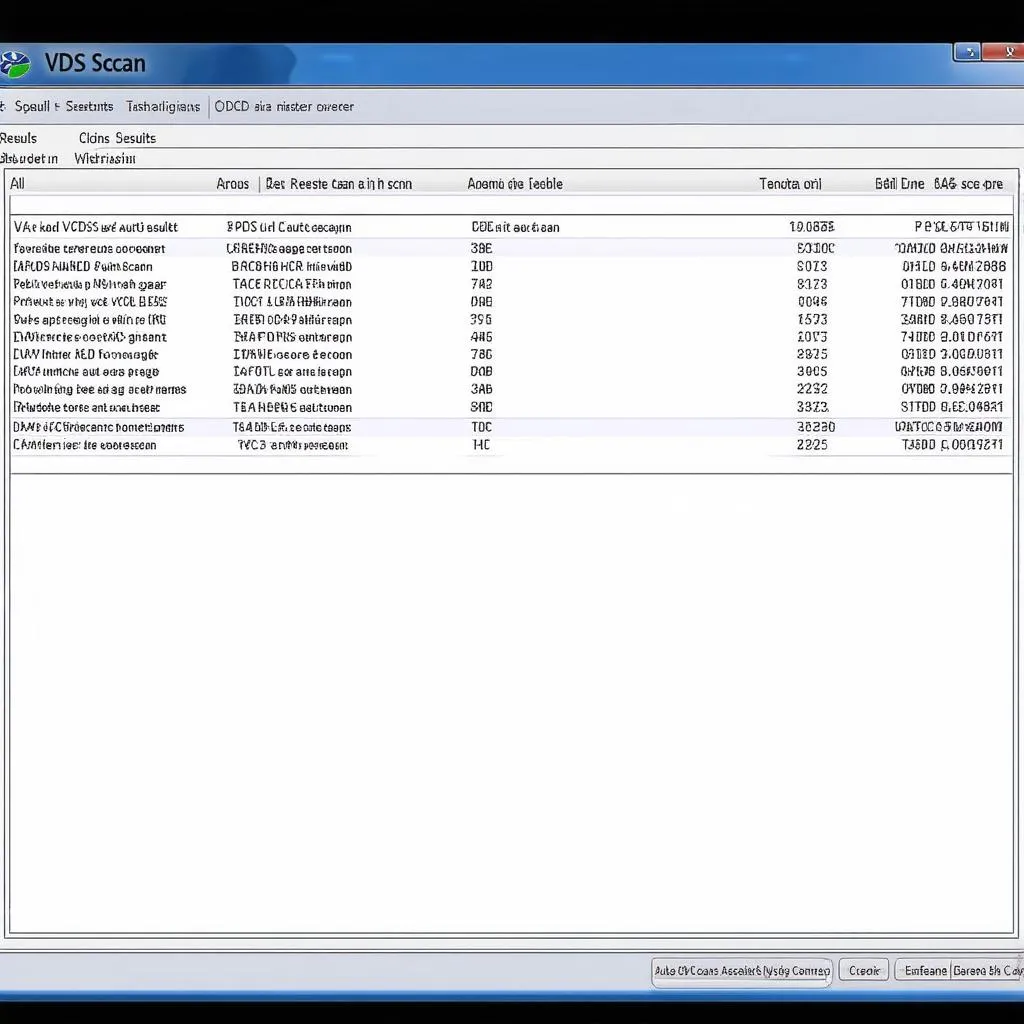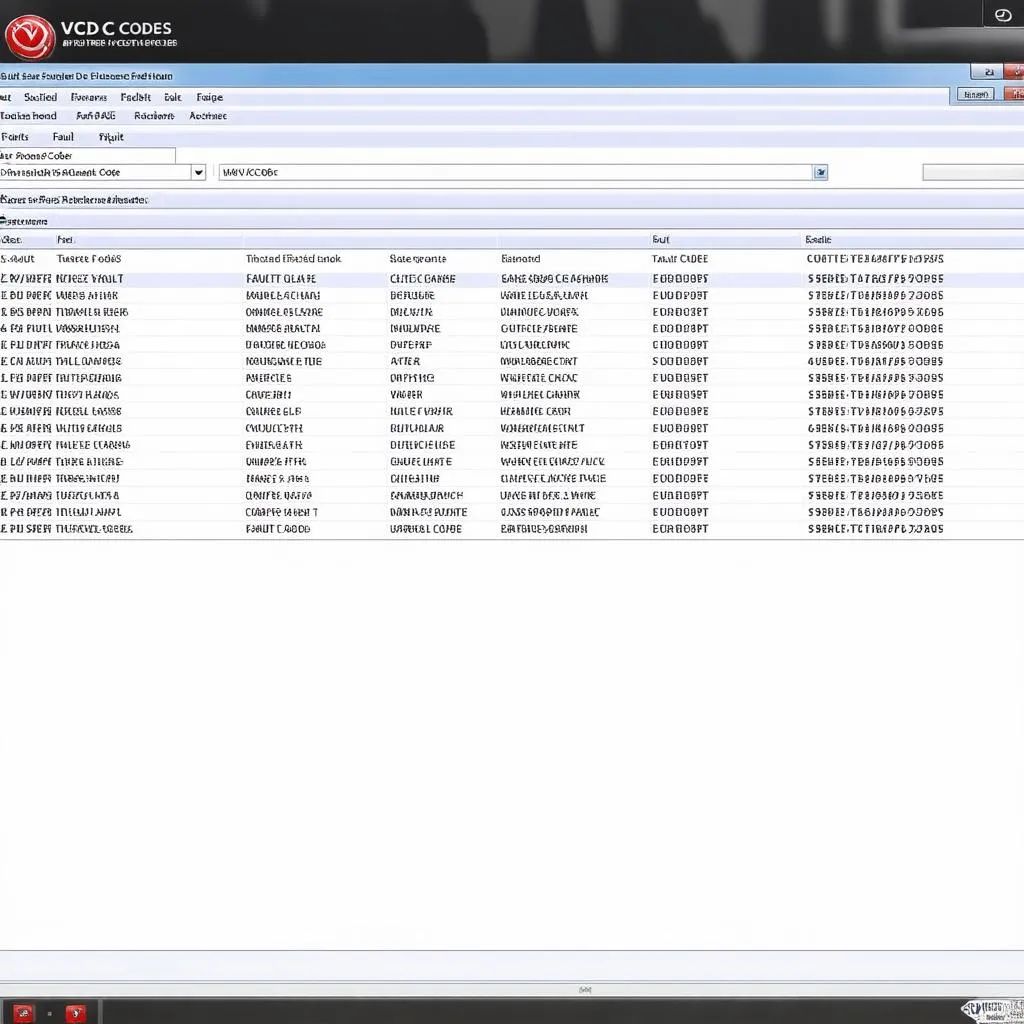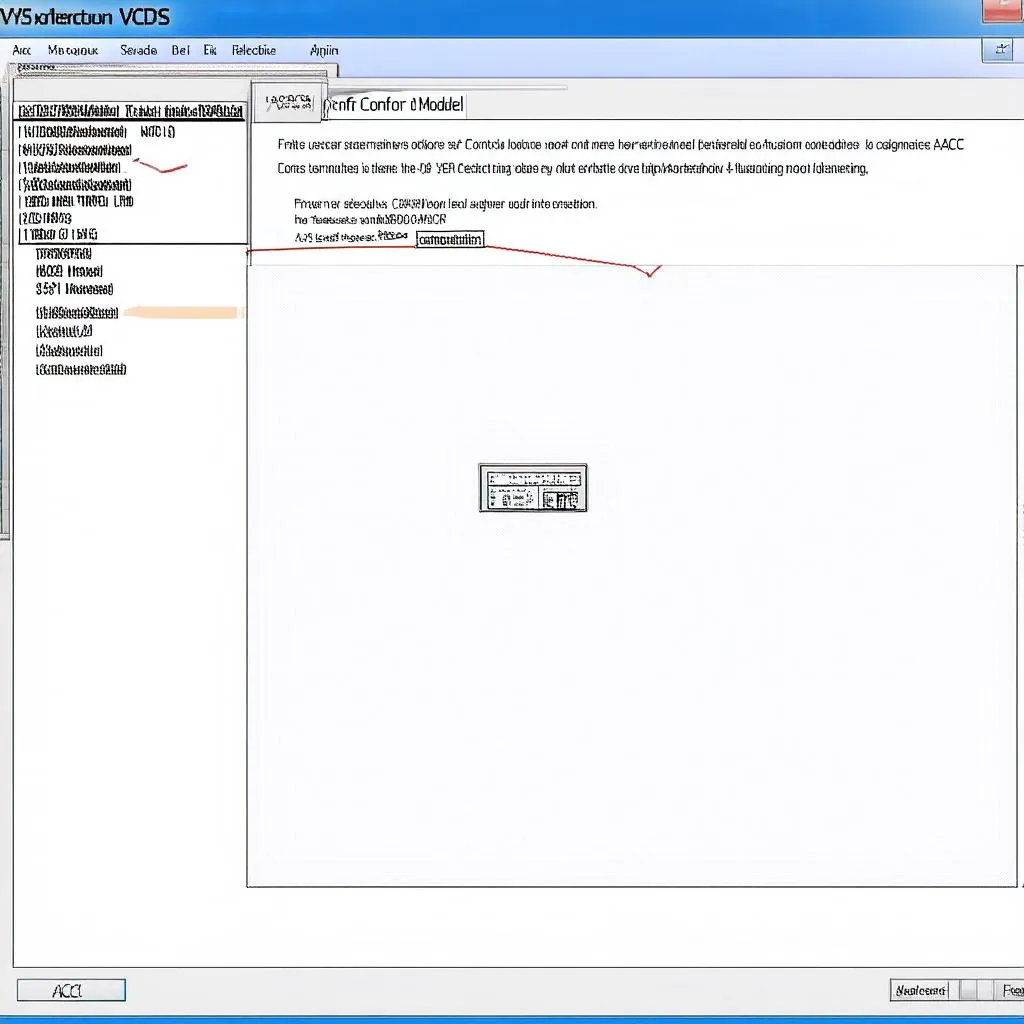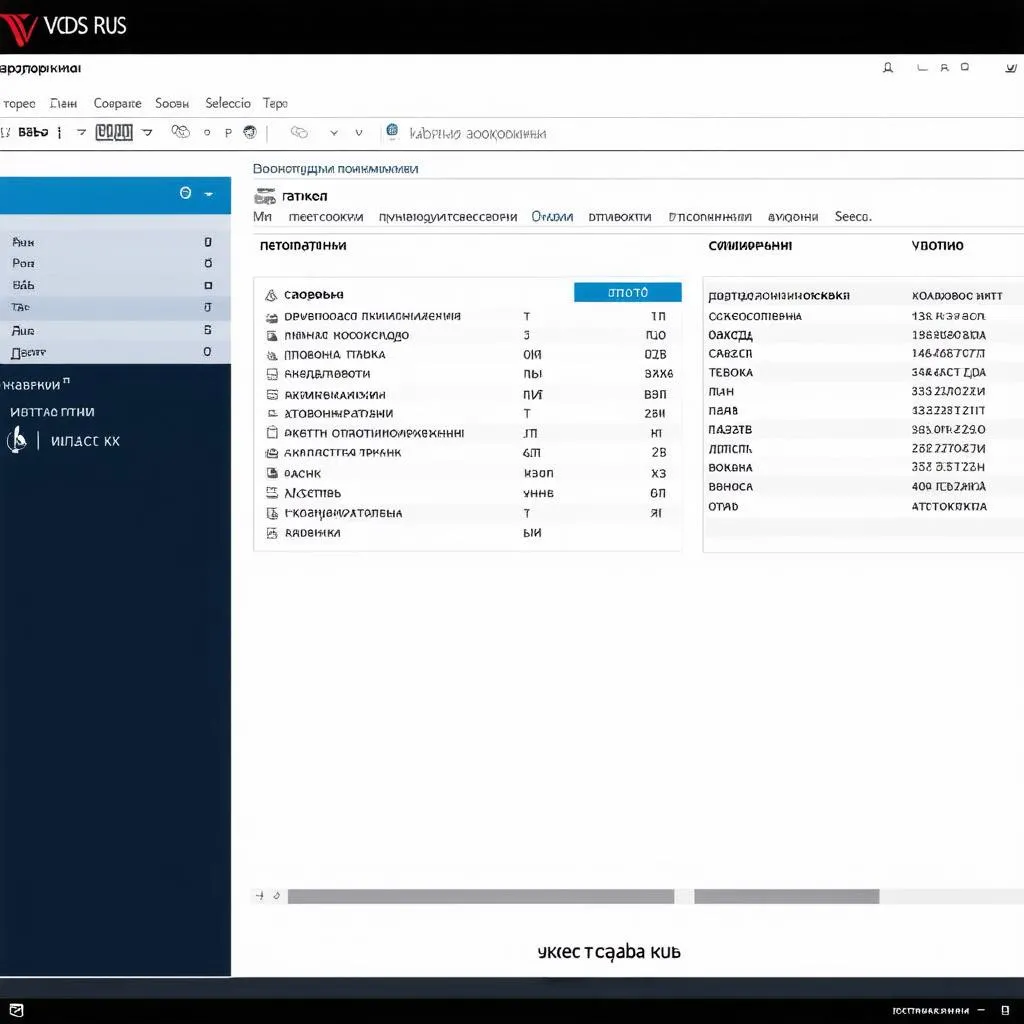The world of automotive diagnostics can seem daunting, but with the right tools and know-how, even complex issues become manageable. Enter VCDS (VAG-COM Diagnostic System), a powerful software solution allowing deep dives into the systems of Volkswagen Audi Group (VAG) vehicles. Whether you’re a seasoned mechanic or a DIY enthusiast, mastering VCDS opens a world of possibilities for understanding, maintaining, and even enhancing your vehicle.
This article delves into essential VCDS tips and tricks, empowering you to navigate the software effectively and unlock its full potential.
Understanding VCDS: A Gateway to Your VAG Vehicle
Before diving into specific tips, it’s crucial to understand what makes VCDS such a valuable tool. Unlike generic OBD-II scanners that provide limited information, VCDS communicates directly with your VAG vehicle’s control modules. This direct communication allows for:
- Comprehensive Fault Code Reading: Go beyond generic codes and access detailed descriptions, potential causes, and even troubleshooting suggestions specific to your vehicle model.
- Live Data Monitoring: View real-time sensor readings, allowing you to observe how your vehicle’s systems are performing during operation. This is invaluable for diagnosing intermittent issues or verifying component functionality.
- Advanced Component Activation: Access and control individual components like windows, lights, and even perform adaptations for throttle bodies, steering angle sensors, and more.
VCDS Tips and Tricks: Navigating the Software Like a Pro
1. Start with a Solid Foundation:
- Genuine Interface: Invest in a genuine Ross-Tech VCDS interface. Counterfeit cables can lead to communication errors and unreliable data.
- Regular Updates: VCDS software is constantly being refined and expanded. Ensure you’re running the latest version to access the newest features and vehicle support.
“Using the latest version of VCDS is crucial,” says automotive electronics expert, Dr. Anya Patel, author of “Modern Automotive Diagnostics.” “Manufacturers frequently update vehicle software, and outdated VCDS versions may not have the latest protocols for communication.”
2. Mastering the Basics:
- Auto-Scan: Familiarize yourself with the Auto-Scan function. This comprehensive scan interrogates all control modules in your vehicle, providing a snapshot of any stored fault codes.
- Clear Codes and Rescan: After addressing a fault, always clear the codes and perform another scan to confirm the issue is resolved.
- Save Scan Reports: Develop a habit of saving scan reports before and after repairs. This creates a valuable history for tracking recurring issues or demonstrating repairs to customers.
3. Utilizing Advanced Features:
- Measuring Blocks (Live Data): Dive deeper into live data by selecting specific measuring blocks relevant to the system you’re diagnosing.
- Basic Settings: Use Basic Settings to perform component adaptations and calibrations. This is essential after replacing components like throttle bodies or ABS sensors.
- Coding and Adaptations: For advanced users, VCDS allows coding and adaptations to customize vehicle features. Proceed with caution and consult reputable resources before making changes.
 VCDS Auto-Scan
VCDS Auto-Scan
Common VCDS Questions Answered:
1. Can I damage my car with VCDS?
While VCDS is a powerful tool, it’s inherently safe when used responsibly. Stick to reading codes, monitoring live data, and performing basic settings/adaptations outlined in reputable guides. Avoid making random changes in the coding section without proper understanding.
2. What do the fault codes mean?
VCDS provides detailed descriptions for most fault codes. Additionally, online resources like Ross-Tech’s Wiki and various automotive forums offer a wealth of information for interpreting codes specific to your vehicle.
3. Can I use VCDS on non-VAG vehicles?
VCDS is specifically designed for VAG vehicles (Volkswagen, Audi, Seat, Skoda, Bentley, Lamborghini). For other makes and models, you’ll need a diagnostic tool compatible with that brand.
 VCDS Fault Codes
VCDS Fault Codes
Cardiagtech: Your Source for Automotive Diagnostic Solutions
For professional-grade automotive diagnostic tools, look no further than Cardiagtech. As a leading provider of high-quality equipment, Cardiagtech offers a comprehensive range of products to meet the needs of both DIY enthusiasts and professional mechanics.
Conclusion
VCDS is an indispensable tool for any VAG owner serious about understanding and maintaining their vehicle. By familiarizing yourself with its features, following these tips, and seeking knowledge from reputable sources, you can unlock the software’s full potential and confidently tackle automotive diagnostics.
For more information about VCDS and other automotive diagnostic solutions, contact the experts at Cardiagtech today!



